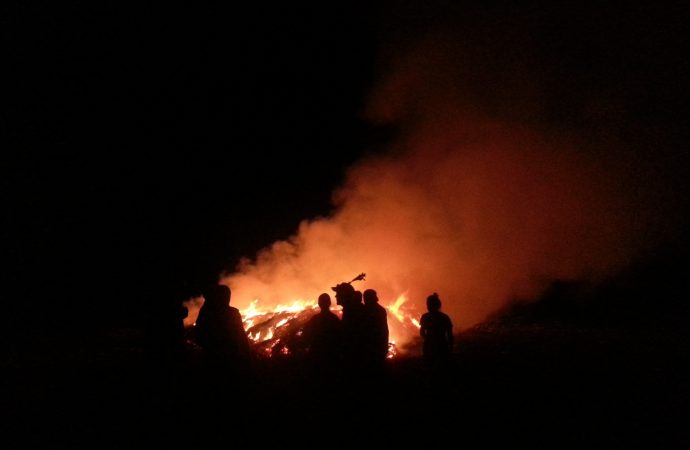Introduction: Australia’s devastating wildfires have left an indelible mark on the nation and the world, with far-reaching consequences that extend beyond immediate fire-ravaged landscapes. A new study has revealed a profound connection between these fires and the emergence of La Niña, a climate phenomenon known to impact weather patterns globally. In this article, we
Introduction:
Australia’s devastating wildfires have left an indelible mark on the nation and the world, with far-reaching consequences that extend beyond immediate fire-ravaged landscapes. A new study has revealed a profound connection between these fires and the emergence of La Niña, a climate phenomenon known to impact weather patterns globally. In this article, we delve into the intricate relationship between Australia’s wildfires, the onset of La Niña, and the subsequent changes in US weather, unraveling the ripple effect of these interconnected events.
The Unveiling of a Complex Nexus:
Scientific researchers, driven by the urgency to understand the cascading effects of wildfires, embarked on a comprehensive study to explore the connection between Australia’s fires and the manifestation of La Niña. Through a meticulous analysis of satellite data, climate models, and historical records, they unraveled the intricate nexus between these events, shedding light on a previously unrecognized relationship.
From Fire to Ocean Currents:
The study’s findings highlight the significant role that Australia’s wildfires play in triggering the emergence of La Niña. The immense heat generated by the fires alters atmospheric circulation patterns, resulting in cooler sea surface temperatures in the Pacific Ocean. This shift in ocean currents, in turn, sets the stage for the onset of La Niña, a climate phenomenon characterized by its global impact.
Implications for US Weather:
The ramifications of Australia’s wildfires and the subsequent manifestation of La Niña extend far beyond the Southern Hemisphere. The study reveals a compelling connection between these events and changes in US weather patterns. Regions across the United States experienced notable variations in temperature, precipitation, and storm activity, directly influenced by the ripple effects of Australia’s wildfires.
Unraveling the Puzzle of Extreme Weather:
The study’s findings provide a critical piece in unraveling the puzzle of extreme weather events. By identifying the link between wildfires, La Niña, and US weather changes, scientists gain a deeper understanding of the mechanisms driving climate systems. This knowledge is instrumental in refining climate models and improving weather forecasting, ultimately empowering communities to better prepare for and respond to the increasing frequency and intensity of extreme weather events.
The Urgency of Climate Action:
Australia’s wildfires and their subsequent impact on La Niña and US weather patterns serve as a stark reminder of the urgent need for climate action. Climate change exacerbates the conditions that fuel wildfires, creating a vicious cycle that perpetuates the destruction of ecosystems and alters global climate dynamics. Addressing the root causes of climate change and implementing robust mitigation strategies are crucial steps towards preventing future catastrophic events and protecting our planet.
Building Resilience for the Future:
As we grapple with the challenges posed by climate change, understanding the interconnectedness of natural disasters and global climate systems becomes paramount. By recognizing the ripple effects of Australia’s wildfires on La Niña and US weather, we can build resilience and develop strategies that mitigate the impact of these cascading events. This includes investing in sustainable land management practices, strengthening disaster preparedness, and fostering international collaborations to combat climate change on a global scale.
Conclusion:
Australia’s wildfires have unleashed a ripple effect that stretches across continents and alters weather patterns in distant lands. The study’s revelations of the link between these fires, La Niña, and US weather changes provide invaluable insights into the complex dynamics of our climate system. Armed with this knowledge, we have an opportunity to take decisive action, working together to address climate change, mitigate the risks of wildfires, and build a more resilient future for our planet and its inhabitant.

















Leave a Comment
Your email address will not be published. Required fields are marked with *